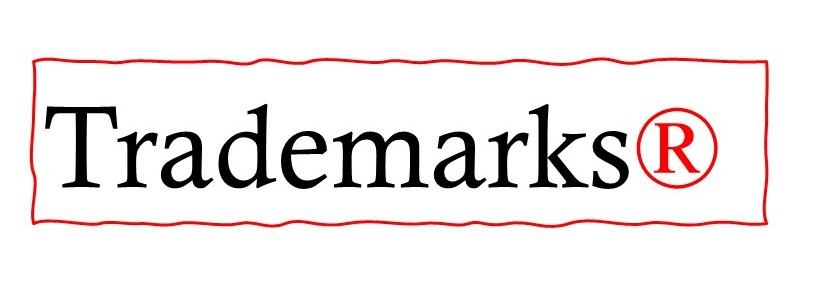The Basics of Trademarking a Brand
In 2021, Reuters reported that Facebook paid $60 Million to acquire the Meta brand name from the U.S. regional bank, Meta Financial Group, and this action solidified Facebook’s pivot into the metaverse.
Without a doubt, brand names are the most valuable assets of a business—and with Facebook’s recent move—it’s pretty hard to doubt that.
Getting an excellent brand name can bring success and a solid reputation for your business, but that’s not all because if the name is not trademarked, you’re walking your business into disaster.
So, What’s a Trademark?
According to the United States Patents and Trademark Office (USPTO), trademarks are words, phrases, designs, symbols, or combinations that identify products or services.
Trademarks like Google® and Nike® make it easier for customers to identify these brands’ products or services and help these companies protect themselves from fake or fraudulent brands.
And just in case you’ve started your business and want to protect your brand’s identity, here are seven fundamental trademarking truths you must understand.
7 Things to Consider in Naming and Trademarking Your Brand
1. Application Requirements
The first step to protecting your brand begins with filing your trademark application. There are two types of trademark options available; the standard character trademark and the special form trademark.
The standard character trademark requires little information, while the special form trademark requires a JPG copy of what you intend to trademark, your color claims, and also a detailed description of your trademark.
2. Scope of Use
While registering your trademark, you’d need to specify which products or services your trademark represents so that other businesses cannot use your trademark in your specified industry.
You can legally stop other brands from using similar trademarks for similar goods without your permission.
3. Strong Trademarks & Registration
When planning on trademarking your brand, you must consider the strength of your proposed trademark. The USPTO divides every trademark application they receive into two categories. The acceptable and unacceptable trademarks.
Acceptable trademarks in their own words are ‘strong, unique, and hot’ while unacceptable trademarks are ‘weak, generic, and cold.’
Acceptable trademarks include:
- Fanciful Trademarks: Abstract words like Pepsi®.
- Arbitrary Trademarks: Names that aren’t associated with the trademarked products/services; think Apple®.
- Suggestive Trademarks: These names only suggest the quality of your services; think Shopify®.
Unacceptable trademarks include:
- Descriptive Trademarks: Names that describe your product and services.
- Generic Trademarks: Everyday words that describe a particular product.
You might consider using a free trademark tool to get some insight before moving into the application process.
And firms like The Marketing Sage can help you create a great name for your brand, product, or company. Here is a helpful guide on naming.
4. Attorney
Getting an attorney isn’t required for everyone, but everyone filing a trademark application is expected to provide and update their domicile address in their trademark filings.
Every foreign-domiciled trademark applicant must be represented by a US-licensed attorney, while those residing in the U.S. can choose to hire the services of an attorney. But we advise everyone looking to trademark their business to get an attorney, except if you’re capable of representing yourself.
5. How Long Does it Take?
Trademarking your business isn’t going to be a walk in the park. It’s a complex process that involves various steps and stages that usually take between twelve to eighteen months to be completed.
It’s worth noting that several complications could lengthen the trademarking process, and your application could likely be denied altogether.
6. Checking Status
It’s pretty easy to check the status of your application online with the help of the USPTO’s Trademark Status and Document Retrieval (TSDR) System.
Use the serial number you received on filling to check status and updates on the process. Once your application is accepted, you’ll receive a notification on your TSDR system with the information and a mail of the registration certificate.
7. Maintaining Application
After successfully trademarking your business, you’d still be required to maintain your registration with the following process:
- Regularly use your trademark
- File for registration maintenance with USPTO and pay the required fees
- Keep your information linked with the department functioning to receive essential updates.
Protect Your Brand
Although it’s time-consuming, trademarking is a pretty straightforward process. So, ensure you get your business trademarked because there’s no better way to protect your company and its customers from bad players in the market.
This guest post is by Grant Polachek, the Director of Marketing at Squadhelp–transforming the way names are developed by combining an affordable agency-level brainstorming process with the unmatched creativity of “the crowd.”
You can set up a time to chat with me about your marketing challenges using my calendar. Email me jeffslater@themarketingsage.com Call me. 919 720 0995. The conversation is free, and we can explore if working together makes sense. Watch a short video about working with me.





